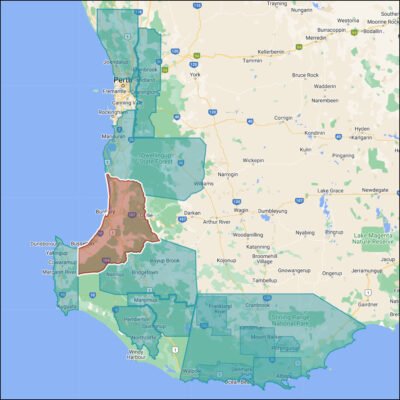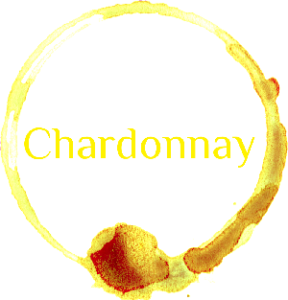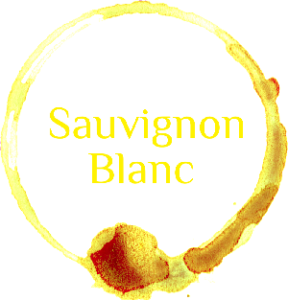The Geographe wine region is approximately 170 km south of Perth, Western Australia. It extends from the Indian Ocean coastline inland to the hills of the Darling Range. It forms part of the South West Australia wine zone, which it shares with Margaret River, Great Southern, Blackwood Valley, Manjimup and Pemberton.
The region takes its name from Geographe Bay. The bay was named by French explorer Baudin, who first mapped the coastline with his two ships, the Geographe and the Naturaliste.
Geographe lies south of the Greater Perth region and was initially joined with Peel in a region called South West Coastal Plain. The grouping was abandoned before registration under GI (Geographical Indication), and these boundaries were redrawn.
The town of Bunbury sits at the region’s centre, with Busselton marking the southern boundary. The Harvey River meanders through the northern boundary. The region is bisected by the Vasse, Capel, Fergusson, Collie and Brunswick rivers, which create valleys and distinctive climates.
Whilst there are no subregions in Geographe, there are three distinct areas: the coastal area, with its maritime influence; the Donnybrook area, which is cut off from this maritime influence; and lastly, the Fergusson Valley, where the success of Shiraz, Cabernet Sauvignon, and Merlot has led to its rapid expansion.
Top Stats
Harvest
Early Feb to mid Mar
Mean Jan temperature
22°C
Area of Vine
790 hectares
Altitude
0 – 406m
Growing season rainfall
182mm
Principal Varietals
Shiraz is an important variety here, producing a great diversity of styles, from elegant to robust wines, many with good ageing potential. It is used in many blends to add complexity. It made up 22% of the 2023 crush. Cabernet Sauvignon isn’t far behind Shiraz, with 16%, and wines from the region are typically softer and more elegant than those from surrounding regions. However, the spread of plantings inland from the coast has resulted in more diverse styles.
Chardonnay almost matches the volumes of Cabernet Sauvignon. It thrives in the region’s diverse climate and soil types, resulting in a wide range of styles, from fresh and zesty to rich and complex. Chardonnay typically features a spectrum of flavours, including citrus, stone fruits, and tropical notes of pineapple and melon. Depending on winemaking techniques, you may also find hints of oak, vanilla, and butterscotch.
Semillon is another widely planted varietal, accounting for 14% of the crush, along with Sauvignon Blanc, 13%. Semillon produces crisp, citrusy wines and is popular as a single varietal and in blends with Sauvignon Blanc, which is also grown all over the region. This variety produces varying styles that reflect the diversity of the climate and soils. They are vibrant, drink-now wines.
Noteable Varietals
Geographe offers such a varied climate, it is a great location to experiment with multiple varieties. The region is currently home to 36 different grape varieties.
Merlot performs well in the region, producing classy wines with raspberry and blackcurrant fruit and fine tannins. Tempranillo is an emerging star in the region, known for its ability to adapt well to the local climate and soil conditions. This varietal is gaining traction for its fruit-forward profile and ageing potential. Grenache is increasingly recognized for lighter, fruit-forward wines, especially in blends.
Other varietals, such as Sangiovese, Malbec, and Chenin Blanc, are available at the local cellar doors.
Source: www.wineaustralia.com,









